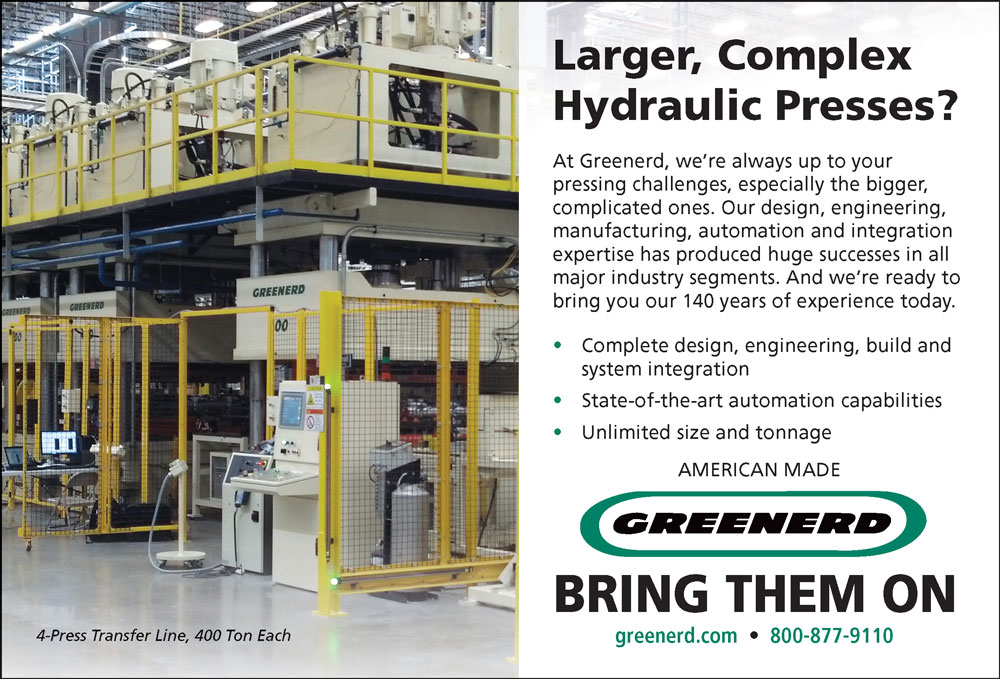
Sunshades play a big role in achieving higher standards and meeting building code compliance values.
to detail and a problem-solving mindset
here’s a big difference between a design on paper and a design that works. Collaborating with an experienced custom fabricator can help architects understand the capabilities and limitations of a design early in the process, eliminating waste later on.
The team at Fabricated Products Group, Frankfort, Illinois, led by President Dan Shields, comprises experts in architectural systems and components, including sunshades and screening, grills and decorative louvers, and custom brackets. “We design and engineer our products, and we are custom fabricators,” Shields says. “We pride ourselves on working closely with the design intent from the architect in a collaborative environment and bringing it to reality.”
The company supplies products from coast to coast, and “every job has its unique conditions,” he continues. “A sunshade project in California, located 5 miles from the ocean, is going to be much different from a job in central Iowa.”
But all finished orders must meet a strict set of industry tolerances, fabricating tolerances and tolerances for attaching the metal to the structure.
“You really need to understand the installation process, as well as thermal movement, building movement and how the systems interact with each other,” Shields says. “We have a project right now for a system in Chicago, and all the attachment hardware is behind the sunshade system—between the sunshade and a piece of glass. You physically can’t get to the attachment, either from the outside or inside. So, we designed a hook-and-pinned type of attachment and worked with the installer to develop a sequence for the install so that the system could be mounted properly. Knowing how you’re going to build it, how your clients are going to install it and making sure that you understand the type of equipment they’re using are crucial to these jobs. What we can do in the shop is much different than what they can do in the field.”
Other considerations include attaching sunshades to post-tension concrete slabs, reaction loads, working on existing buildings, or even size and shipping logistics. “We’re doing a project right now where one sunshade is 10 ft. by 10 ft. Our client is installing 100 sq. ft. of screening at a time. I can build it, no problem. And my client can install it, no problem, because they have the proper equipment on the job site. But how do we get it from Chicago to San Antonio? It can’t go on a standard flatbed because it’s too tall. So, we must either coordinate a lowboy freight flatbed to get the product underneath the bridges or on a permitted route, and either option requires special and additional coordination,” explains Shields.
To accommodate the vast amount of unique jobs FPG works on, the shop, as Shields puts it, “is on wheels.” When a project comes in, FPG manipulates the shop, designing it to best fit the job.
“We’re trying to minimize the path the material has to take as it travels through our facility. I don’t like material crossing the same part of the shop twice. And every job is different. Right now, we are working on one sunshade that’s assembled to a unit size of 10 ft. wide by 25 ft. long. So that’s going to take up more space than the standard 30-in-by-60-in. sunshade. Flexibility is paramount.”Because each job is unique, “every one is special to us,” Shields says. Sunshades play a bigger role than one would expect in achieving higher standards and meeting building code compliance values, keeping the summer heat out of the façade, while allowing the sun’s heat to enter the building during winter, he says.
 We work closely with the architect in a collaborative environment to bring their design intent to reality.
We work closely with the architect in a collaborative environment to bring their design intent to reality. 
He cites a project at the Missouri Botanical Gardens that is using specific color requirements from color swatches. “This project also is striving to match up the profile that needed to be in metric (30 mm by 80 mm) so that it matches the other sightlines on the building. When you work with an architect that has this extra attention to detail, it makes the job a little more exciting for us—because they care about the features we love.”

